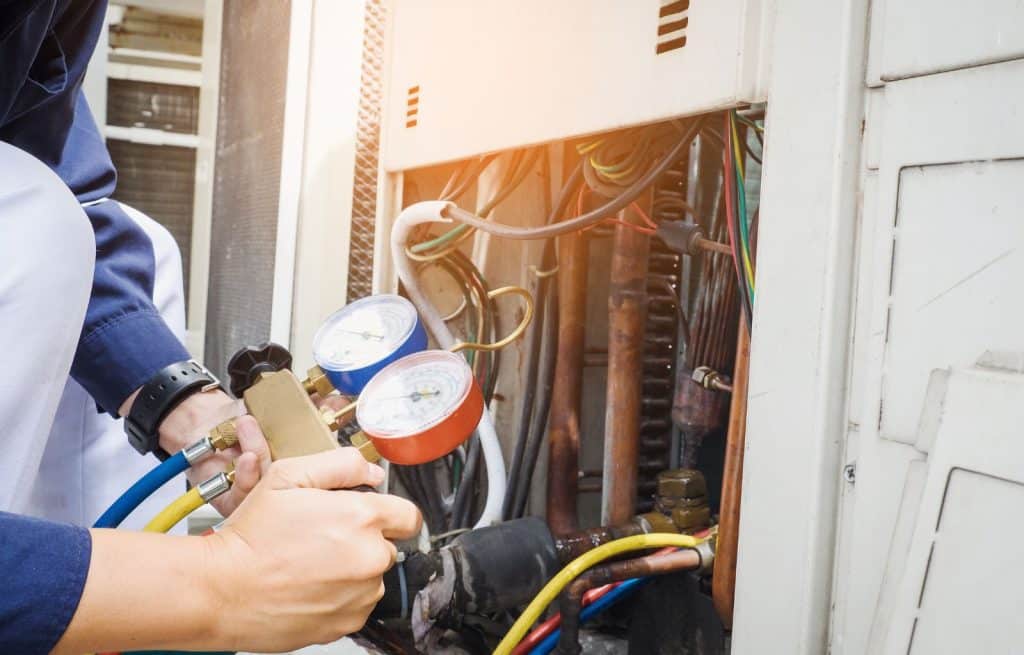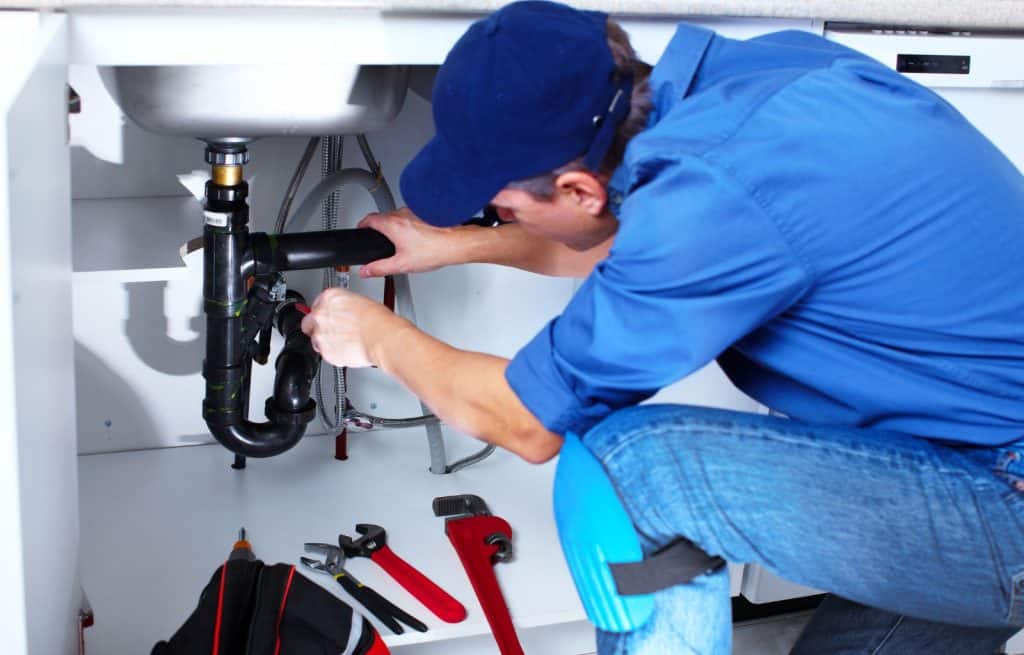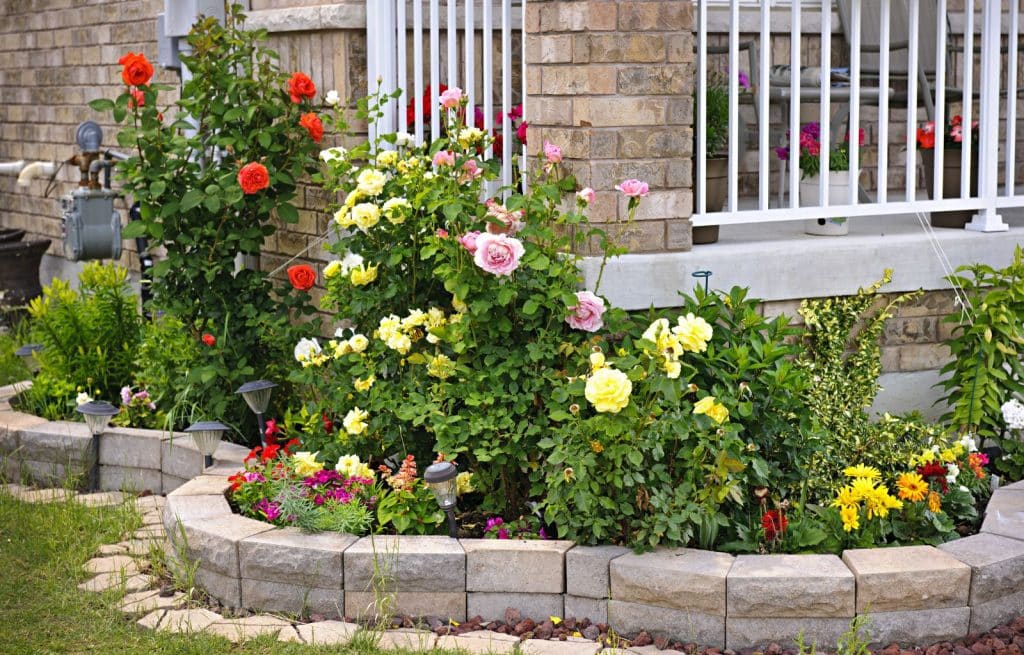Owning rental property in San Diego can be a highly rewarding investment, but it also comes with significant responsibilities—particularly when it comes to maintenance. Proper maintenance ensures that your property retains its value, tenants remain satisfied, and costly repairs are avoided. Whether managing a single unit or an entire portfolio, this guide will walk you through the essential practices for keeping your rental property in excellent condition.
The Importance of Proactive Property Maintenance
In a competitive market like San Diego, renters have high expectations. They want properties that are not only aesthetically pleasing but also functional and safe. Neglecting maintenance can lead to tenant turnover, costly emergency repairs, and damage to your property’s long-term value. Adopting a proactive maintenance approach is the best way to avoid these pitfalls. This includes regular inspections, seasonal upkeep, and establishing good communication with tenants to catch problems early.
HVAC Systems: Ensuring Efficient Performance Year-Round

With San Diego’s warm climate, your property’s HVAC system is critical in keeping tenants comfortable. Efficient HVAC systems also help control energy costs, making your property more attractive to environmentally conscious tenants.
- How Often to Inspect: Schedule professional HVAC maintenance twice a year—once in the spring and once in the fall. Routine inspections can catch issues like worn-out parts, refrigerant leaks, and airflow obstructions before they escalate.
- Signs of Malfunction: Be aware of warning signs, such as strange noises, uneven cooling or heating, and sudden spikes in energy bills. Address these issues immediately to prevent system failure during the hottest months.
- Energy Efficiency Upgrades: If your system is outdated, consider upgrading to energy-efficient HVAC units. Energy-efficient systems reduce costs and attract tenants looking for eco-friendly options.
Roof Inspections: Avoiding Costly Repairs and Water Damage
San Diego’s coastal climate, while mild, can still damage your property’s roof. Regular roof inspections help identify potential problems such as leaks, damaged shingles, or mold growth before they lead to expensive repairs.
- Preventative Care: Inspect your roof twice a year—after winter rains and before the summer heat. Coastal properties may require more frequent checks due to salt air corrosion.
- Common Issues: Look for cracked tiles, loose shingles, and any areas where water could pool. If left unchecked, water intrusion can cause extensive damage to ceilings, walls, and even your property’s foundation.
Plumbing Checks: Protecting Your Property from Water Damage

Water damage is one of property owners’ most common and costly maintenance issues, yet it’s often preventable with routine plumbing checks. In San Diego, where water conservation is a priority, proactive plumbing care can save you money in the long run.
- Regular Inspections: Conduct plumbing inspections twice yearly to check for leaks, dripping faucets, and water heater issues. Pay close attention to areas prone to wear and tear, such as older pipes and bathroom fixtures.
- Water Conservation: Installing low-flow faucets, showerheads, and toilets reduces your water bill and appeals to environmentally conscious tenants.
- Emergency Protocols: Ensure tenants know how to shut off water in case of a significant leak. This can prevent further damage and significantly reduce repair costs.
Pest Control: Managing Common San Diego Pests
San Diego’s warm, temperate climate makes it a prime location for pests such as ants, termites, and rodents. Ignoring pest control can lead to property damage and unhappy tenants.
- Key Pests: Termites are prevalent in coastal areas and can cause significant structural damage if not addressed. Rodents and ants are also frequent intruders, particularly in older buildings.
- Preventative Strategies: Schedule regular pest control treatments and perform routine inspections. Ensure your property is adequately sealed—gaps around windows, doors, and pipes are common entry points for pests.
- Tenant Education: Provide tenants with tips on keeping their units pest-free. Encourage proper food storage and cleanliness, as tenant actions often attract unwanted pests.
Landscaping: Enhancing Value and Functionality

A well-maintained landscape does more than just boost curb appeal; it can also help protect your property from environmental risks and improve tenant satisfaction. In San Diego, where drought conditions are a constant concern, selecting the right landscaping strategy is essential.
- Drought-Resistant Landscaping: Opt for native plants and drought-tolerant species that require less water and maintenance. Incorporating xeriscaping techniques can reduce your water usage while maintaining a beautiful yard.
- Seasonal Maintenance: Trim trees and shrubs regularly, mow lawns, and clean up fallen leaves or debris. Overgrown vegetation can pose safety risks, block visibility, or lead to pest infestations.
General Property Maintenance: The Value of Preventative Schedules
Preventative maintenance is the key to avoiding emergency repairs and ensuring the long-term health of your property. Creating a year-round maintenance schedule helps you stay organized and ensures that important tasks don’t slip through the cracks.
- Maintenance Calendar: Develop a maintenance calendar that includes HVAC servicing, roof and plumbing inspections, landscaping care, and pest control. This ensures that every aspect of your property is cared for at the right time.
- Tracking Tools: Use property management software to track maintenance requests, log completed tasks, and remind you of upcoming maintenance. This is especially helpful if you manage multiple properties or have a busy schedule.
- Budget Planning: Regular maintenance helps you anticipate and plan for future expenses, reducing the likelihood of unexpected costs or emergency repairs.
Tenant Communication: Keeping Tenants Happy and Informed

Good communication is the foundation of effective property management. By making it easy for tenants to report maintenance issues, you can resolve problems quickly before they escalate.
- Reporting Issues: Encourage tenants to report maintenance concerns as soon as they arise. This prevents minor issues, like a leaky faucet, from turning into major problems, such as water damage.
- Maintaining Trust: Following up after repairs and asking tenants for feedback helps build trust and encourages long-term tenancy, which reduces turnover and vacancy rates.
Legal Considerations for San Diego Landlords: Staying Compliant
As a landlord in San Diego, you must meet specific legal standards regarding the habitability and safety of your property. Failure to adhere to these regulations can result in fines or lawsuits.
- Habitability Laws: California law requires landlords to maintain safe, livable, and in good repair properties. This includes functional plumbing, electrical systems, heating, and adequate weatherproofing.
- Safety Requirements: Ensure that your property complies with safety regulations, such as installing smoke detectors and carbon monoxide alarms and securing windows and doors.
- Documentation: Keep thorough records of all maintenance activities, inspections, and repairs. This helps in legal disputes and ensures that you can prove compliance with California’s habitability laws.
Conclusion: The Long-Term Benefits of Proactive Property Management
By following these best practices for maintaining your San Diego rental property, you can ensure that your property remains in excellent condition, tenants are satisfied, and you avoid costly repairs. Proactive maintenance protects your investment and helps you stay competitive in a demanding rental market. Whether you manage the property yourself or work with a professional management company, staying on top of these tasks will lead to long-term success.





